
Battle Against Tall Homes Sees Success
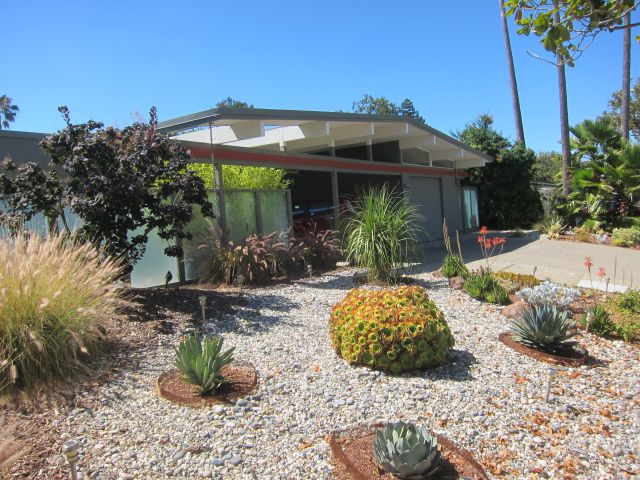 |
|
|
If you ask Baerbel Schumacher how best to win support in what has become a citywide, indeed a region-wide, effort to block the two-story homes that more and more often are marring neighborhoods of Eichler homes, she will likely defer.
That’s because her method, which won the support of 89 percent of her neighbors for an overlay zone to prevent tall homes in her Sunnyvale neighborhood, is not the only way to succeed.
She notes that the proponents of an overlay zone in a neighboring set of blocks did things differently but also succeeded in winning the necessary support.
Baerbel expects that one day, and soon, many more Eichler neighborhoods throughout the sprawling city of Sunnyvale will be protected against two-story intrusions.
It won’t be done on a citywide basis, or by fiat from the City Council. It won’t be done on a tract by tract basis.
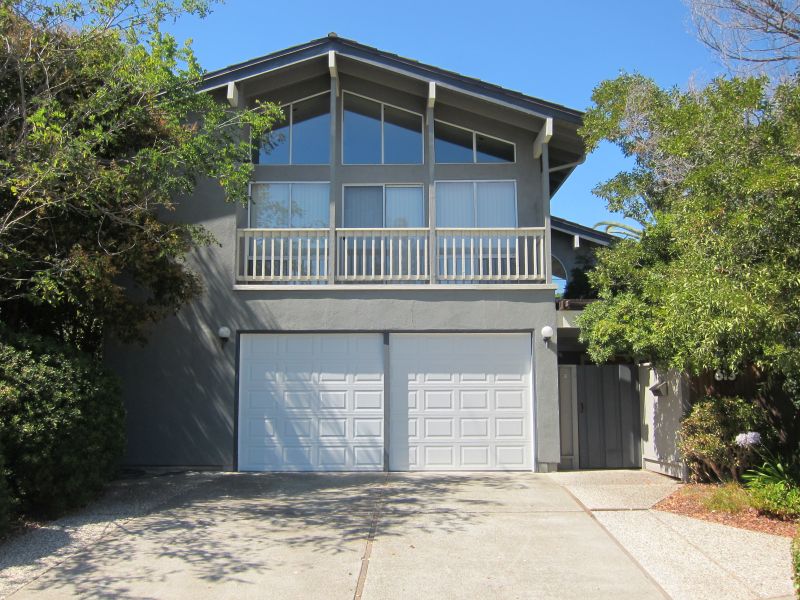 |
|
|
It will be done a few streets at a time, as neighbors who know neighbors talk up the benefits of preserving the low-rise character of their streets, where glass-walled homes retain privacy, where views from windows and glass walls reveal trees down the block, not two-story walls from houses next door.
“The way this is going,” Baerbel says of the process, “I think this [all the Eichlers in town] is all going to be single-story pretty soon.”
In case you have lost count of the Sunnyvale score, here it is:
In the spring, the City Council approved what is called a 'single-story combining district' for a cluster of 36 homes in Sunnyvale’s Fairwood tract.
Success there set several other groups of neighbors divvying up their communities into relatively small slivers, then canvassing for support. Fifty percent of homeowners must support the overlay, then proponents must win Planning Commisssion approval before going on to the council.
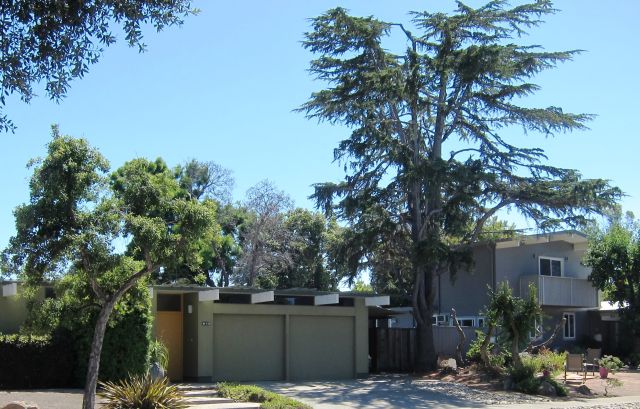 |
|
|
In mid July, the Planning Commission approved a second overlay, a small section of the city’s sprawling Fairbrae tracts. (City maps show ‘Fairbrae No. 1-5,’ and also a ‘Fairbrae Addition.’) That effort, spearheaded in part by homeowner John Sullivan, goes to council for approval soon.
Steve Meier, who attended the commission meeting, reported there was only one objection, by a neighbor “who is considering to construct a two-story remodel. He made arguments about expanding family, elder care, and property values.”
“The commission made many positive comments and agreed with [the neighbor’s] points,” Meier wrote, “but said that because the community in strong majority was doing this to themselves that the community got to choose.”
Today there are at least four other areas in Fairbrae readying overlay applications. Schumacher’s neighborhood, a contiguous region that takes in part of Sesame Drive, all of Sesame Court, and Winggate Drive, and the south side of Vanderbilt Drive, is one of them.
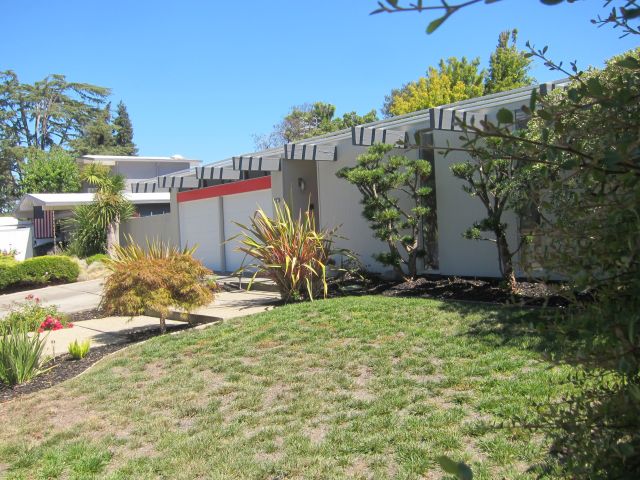 |
|
|
The strategy of seeking overlays for relatively small areas has both negatives and positives.
It means many such applications will have to be filed. But the city is trying to ease that problem by, for example, holding off on considering Baerbel’s application until it has a few more in hand, so they can all be considered at once.
But it also means that outreach to win neighborhood support will be upfront and personal. Baerbel says this should avoid a problem that happened in Palo Alto. There, proponents of an overlay were blindsided when they showed up at council thinking they had enough neighborhood support—only to discover some of their 'supporters' had changed their minds.
In Sunnyvale, she says, “The city wants to know that [proponents] have personally spoken to all the people who have signed [the petition]."
She says that John Sullivan, whose group just won planning commission approval, had a formal process in seeking neighborhood support, involving handing out flyers and maps.
“But I did it a little more informally,” she says.
“I went around and talked to everyone, and got their emails. Then I sent them all emails with a little explanation. Then I walked door to door and got their signatures.”
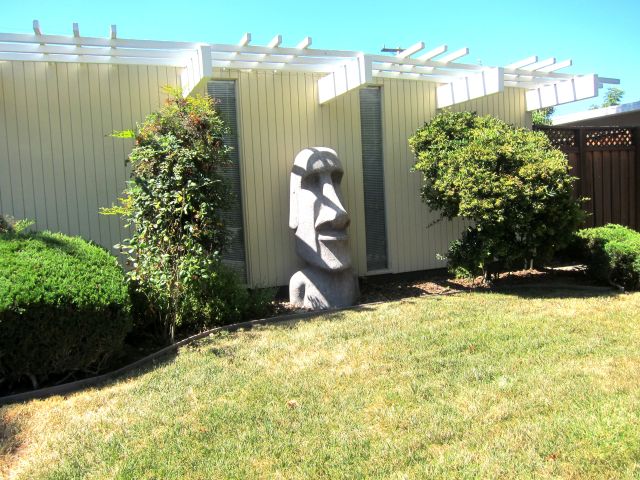 |
|
|
“For me, my approach worked, just walking door to door explaining what’s going on and giving them a heads up I would be sending more information,” she says.
She began the process the day after the Planning Commission turned down an appeal to block a teardown and two-story replacement home nearby. That event has also galvanized other neighbors.
Baerbel’s process took only two weeks – and that long only because one homeowner was away on vacation, as was a city planner.
“I pretty much know everyone personally among the 28 houses I dealt with,” Baerbel says. “I felt very comfortable talking to all those people. It’s easier than to talk to someone who doesn’t even know me.”
 |
|
|
“There were three people I never talked to before, just because it didn’t happen. It was nice to finally have a reason to talk to those people. So for me it was a good experience.”
Supporters have also put up $185 to cover the per lot fee for the application. Their contribution makes up for the fees not received from the four homeowners who oppose the plan.
Of the four two-story homes – three Eichlers with additions, one a non-Eichler – two of the homes support the overlay and two do not.
“I’ve been living here 15 years,” Baerbel says, explaining what motivated her to lead the charge. “Especially at our end of the street, it’s very close knit.” There are neighborhood gatherings twice a year, she says, and people help each other out.
“I have time. I don’t work. I know a lot of people. I walk the neighborhood a lot. I have a dog, so I walk.” Her dog is a “little white terrier.”
|
|
|
|
“Some people feel they should be able to build a two-story. But it’s not an Eichler anymore if you have to cover up your windows to maintain your privacy.”
The overlay can help “maintain peace in the neighborhood,” she says, acknowledging it may annoy people who hope to build second stories.
“But how stupid were they to do that? I’m not going to do anything, or avoid them. But I would never do anything like that, because whenever I would leave the house I would feel people would think, ‘Oh, those are the people who messed up our neighborhood.’”
- ‹ previous
- 68 of 677
- next ›



